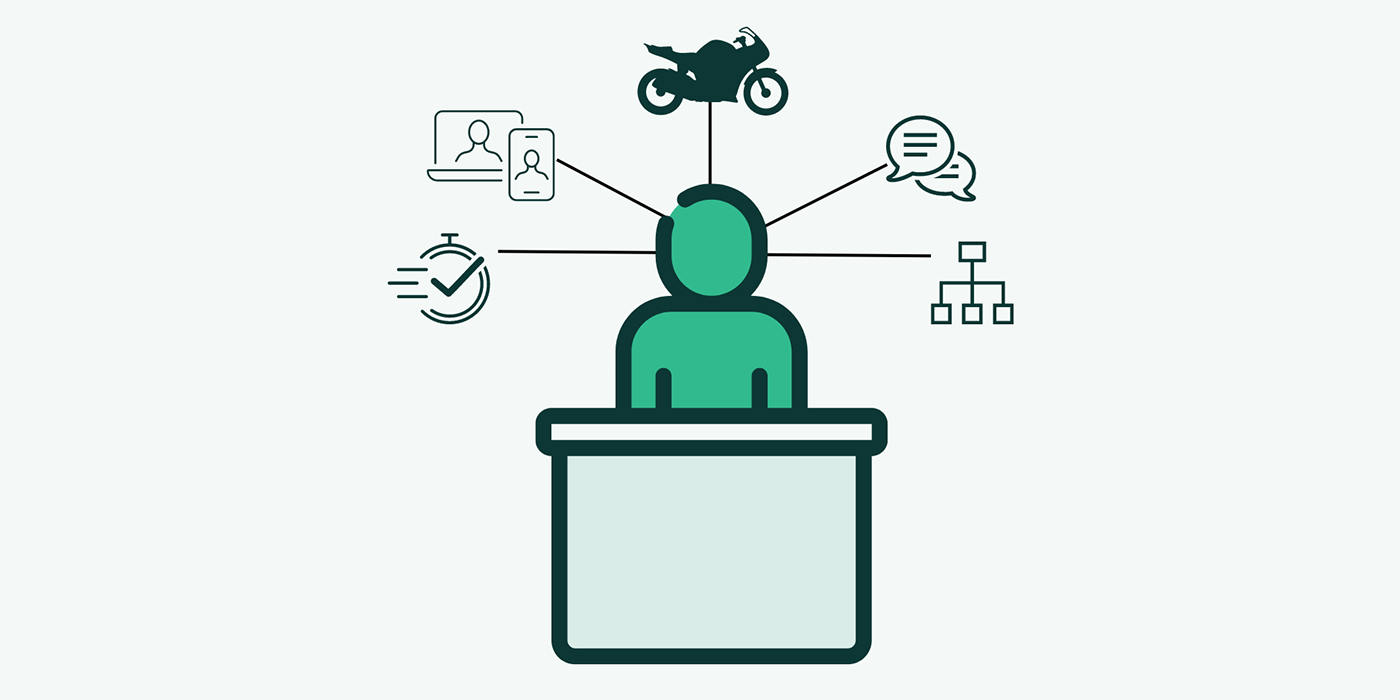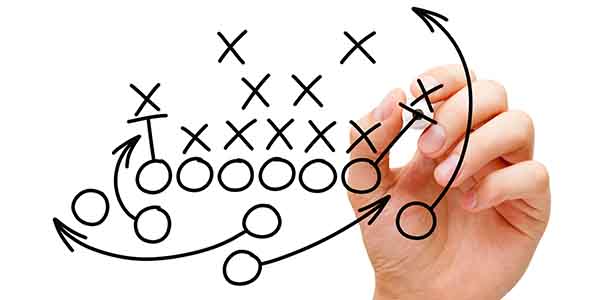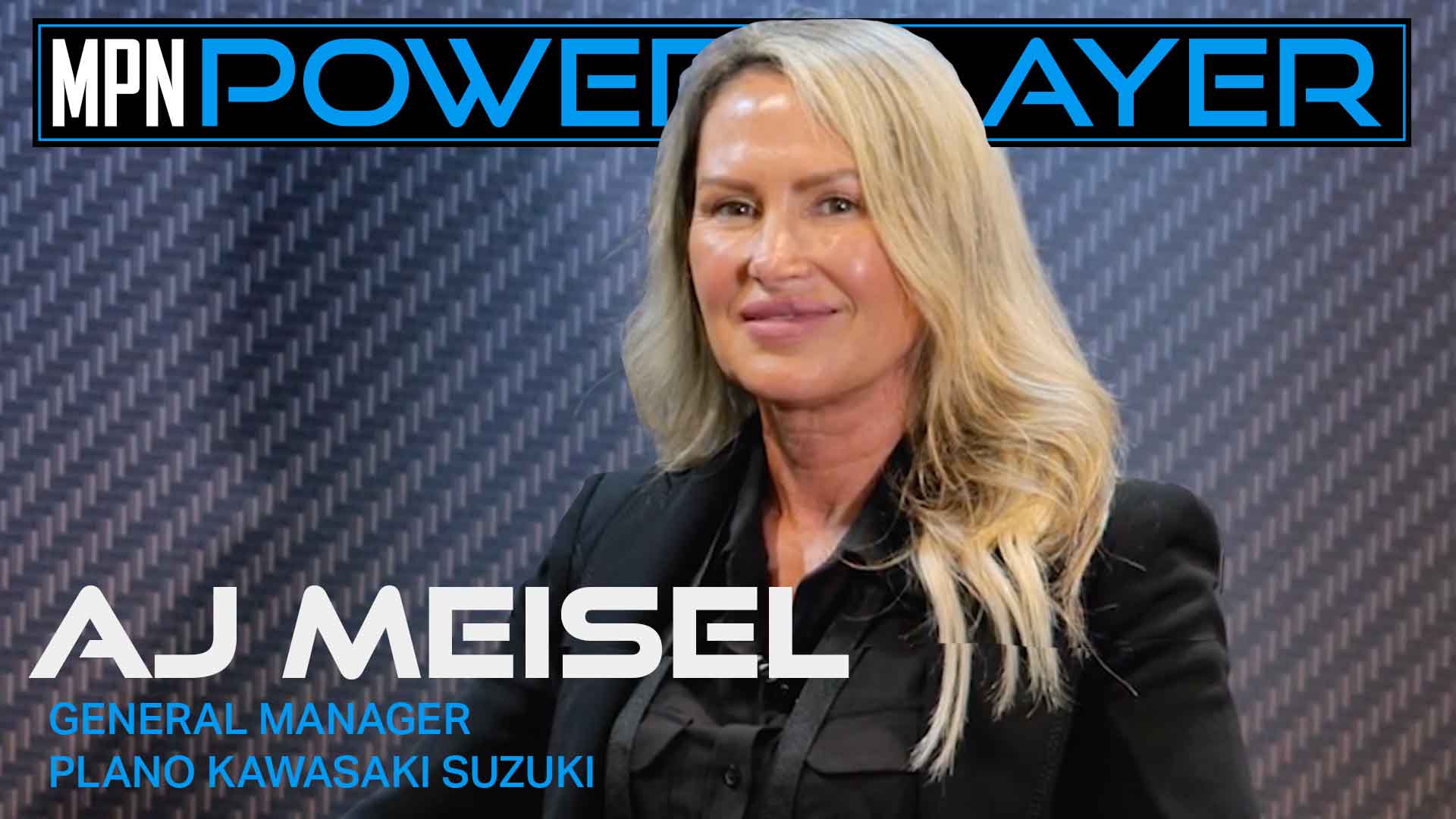Last month, I wrote about my efforts with my buddy Ron, the carpet guy. We covered a three-step approach to assess, plan and execute. As of now, we’re still in the assessment stage of his business. This month, I want to discuss the approach we’re taking to really get a proper and unbiased assessment of his business.
My doctor told me about a great acronym she learned in medical school — one that doctors use to create a logical sequence to figure out how to treat a particular condition or ailment. SOAP: Subjective and Objective Assessments, Plan.
Subjective Assessment
Location, duration, scale and type of pain are assessed here. First, the doctor gets subjective input such as, where does it hurt? Is it a clicking or a clunking sound in your knee, Mr. Hackett? What does it feel like? Does it only happen in the morning? Is it only after you eat pepperoni?
Subjective input gives the doctor two perspectives. One, it tells the doctor where to start looking. Two, it’ll tell her how to “sell” the prescription to the patient. She can get the idea of what the patient thinks is going on so that there’s a common language with which to sell the plan later.
Objective Assessment
Body temperature, heart rate, blood pressure and respiratory rate are all suitable metrics that allow the doctor logical perspectives to measure the subjective against.
Objective input can be quite scientific but not always proper and sterile. My doctor told me about a sample stool chart that she shows patients to “pick their poop” from different drawings. (If your poop looks more like this one than that one, then it’s probably the pepperoni!)
Once you get your subjective and objective inputs, then you can begin to believe in your analysis. Remember, the carpet guy has a particular set of beliefs that are all subjective in nature. They serve to point him in the right direction, but are they accurate?
Only objective input will prove or disprove his beliefs. He believes that good people are like hen’s teeth, yet he just married the girl of his dreams. Obviously, there are good people out there. He believes that all carpet customers are cheap, yet nearly all of the customer surveys he gets back say he was chosen by reputation.
Creating A Plan
So what are your beliefs? What are your realities? Do you believe that you can’t cut any more costs? One client we work with, after doing a SOAP exercise, offered his key people stock options in lieu of cash compensation.
He also shifted nearly all of his pay plans to a more incentive-based structure. (Not an easy sell by any means) He’s now in a healthier cash position having reduced payroll expense significantly. He also now has more people with a horse in the race; more people who have a vested interest in making things work and more people driving the agenda of success. That has a huge impact on his personal energy.
When things cycle back up, his company will be leaner, have more people driving its success and the percentage of his business he retained will be worth far more than his 100 percent was before he made the deal. How might that affect the long-term health of your business?
One SOAP session showed him that he needed cash relief and that he could find that relief by making a shift in payroll. Once pointed in the right direction, he looked at what needed to change. Then he considered any and all solutions and asked more questions. Could the key personnel do more if they got paid more? Would they cut costs if they got a percentage of the savings? The answers gave him the plan for how to execute the change.
Will all this work for our client? I don’t know yet, but we’ll keep an eye on it for you. I do know that he now has a reenergized staff and better cash flow. My point is more about creating that final plan to implement.
I spoke with a dealer years ago who told me, “We’re really good implementers around here. We just don’t know what the hell to implement.” I’m hoping to provide my friend the carpet guy with a way to get control of his business back. In the process, I hope we’ve given you some ideas as well.













